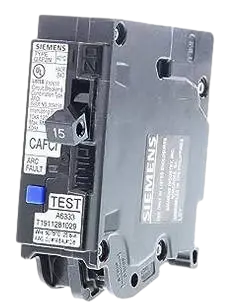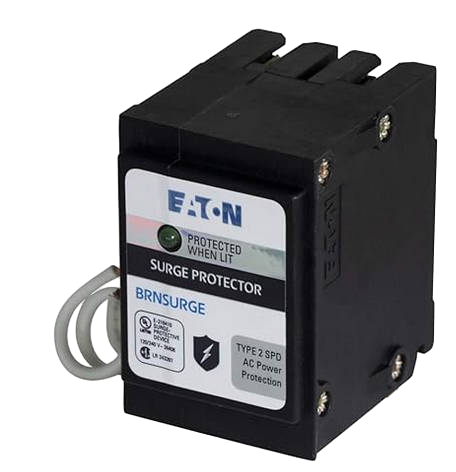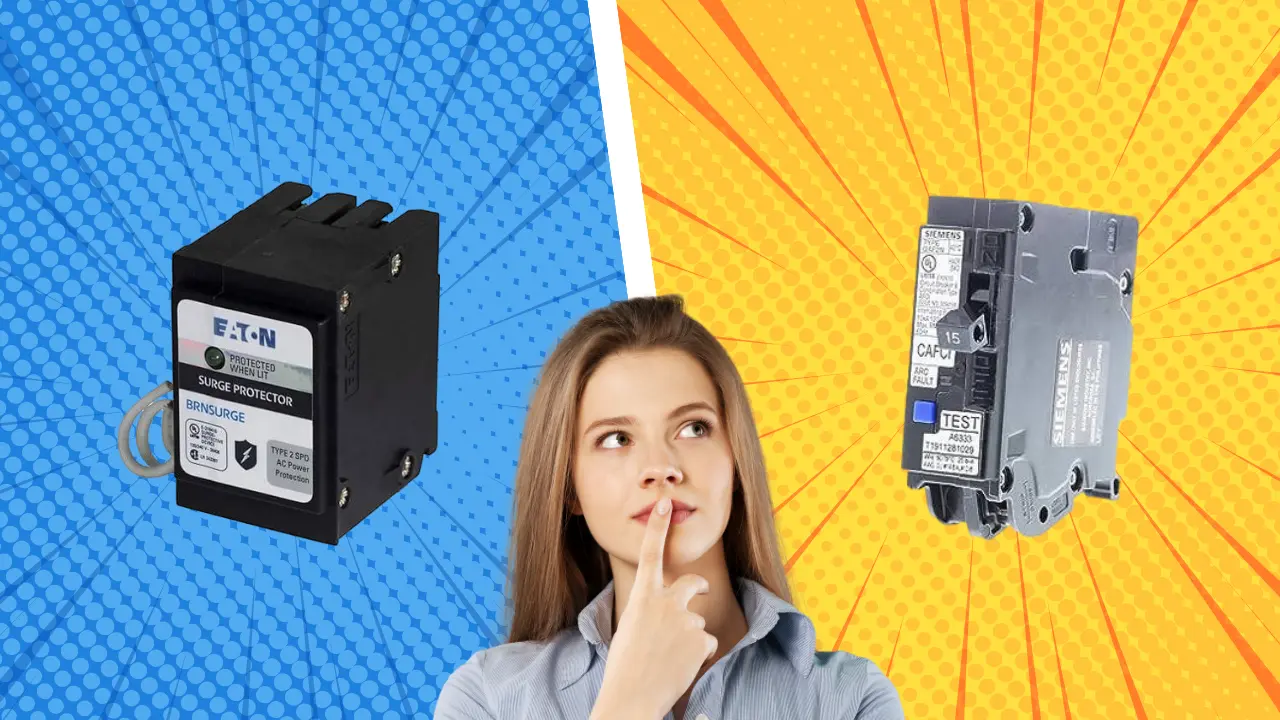As modern tourism evolves, hotels strive to provide guests a true home away from home experience by equipping rooms with more entertainment and smart technology options. However, powering an expanding array of onsite amenities also makes robust electrical safety fundamentals vital for hospitality properties to limit risks of fire, equipment failures, and unplanned downtime. Surge protectors and circuit breakers serve as essential lines of defense but serve different roles.
Understanding those key differences allows hotel owners and managers to create comprehensive electrical risk management plans to safeguard investments in infrastructure and electronic systems.
Shared Goal of Preventing Catastrophe
While circuit breakers focus mainly on preventing wire overheating that can spark structural fires and surge protectors concentrate directly on shielding sensitive devices from power spikes, both solutions share an overarching aim. At their core, these protective systems work to avert electrical catastrophes that jeopardize guest safety, damage equipment, spur expensive repairs, undermine reputation, and disrupt onsite operations. Their synergistic use creates defense-in-depth against the widest array of electrical hazards for hospitality applications.
Distinguishing Circuit Breaker and Surge Protector Functions
Despite the common mission, key variations differentiate what circuit breakers and surge protectors each bring to the risk equation:
Installation and Integration

Breadth of Coverage
Built-in circuit breakers and surge protectors defend entire structures plus all devices running inside by default. Surge protector strips only shield electronics directly plugged into them but allow flexibility.
Specific Threats They Address
Circuit breakers intervene to stop overloaded wires from overheating to ignition points. Surge protectors prevent voltage spikes from penetrating structures and damaging electronics, appliances.
Activation Methodology

Reset Functionality
Flip the switch to reset basic surge protector strips after absorbing surges. Tripped circuit breakers require flipping their manual lever to restore circuits.
Status Indications
Surge protectors often have “protected” indicator lights. Circuit breakers show power on/off, tripped status.
Recurrent Replacement Needs
Circuit breakers wear faster from repeated overloaded tripping necessitating professional replacements. Properly sized whole-facility surge protectors operate reliably long-term.
This comparison shows why layering surge protection and circuit breakers creates comprehensive electrical safety programs for hospitality settings facing expanding digitization and electrification.
Focusing on Surge Protection Essentials
Since surges present specialized risks to fragile electronic systems, this area warrants particular attention for hotels. One study pegged annual US losses to surges at $26 billion across disrupted businesses, damaged devices, and destroyed appliances. Additionally, surges often originate from hospitality-relevant causes like:
- Nearby lightning
- Downed local power lines
- Problems with local grid equipment
- Faulty onsite wiring
- Guest appliance overuse
Mitigating those threats at properties crowded with costly electronics and guests expecting uninterrupted enjoyment deems high-performance surge protection essential. But with power strip to engineered whole-building options on the market, where should hotels focus attention and budgets?
Budget power strips might minimize small surge risks just slightly. However, they fail to block larger spikes that destroy systems. Conversely, robust protection like UL1449-certified equipment better shields properties for the long run through mechanisms such as:
- Noise filtering to enhance signal clarity
- Multi-stage surge diversion circuits
- Individual outlet banks to prevent overloads
- Long warranties plus damage reimbursement
For new properties or those undergoing renovations, building code-mandated surge protection integrated from the start proves the most cost-effective route. Retrofitting older properties can also make economic sense relative to the systems at risk, especially given expanding guest connectivity expectations.
Partnering Surge Protection With Circuit Breakers
 Maintaining both high-tier surge defenses and robust circuit breakers generates optimal systems-level safeguards for hospitality facilities. While circuit breakers mainly prevent fires sparked by overheating wires from excessive loads, quality surge protectors directly intercept externally triggered power spikes. Each mechanism shields different facets of electrical risks. Surge protectors also increasingly integrate with smart circuit breaker panels gaining new protections like:
Maintaining both high-tier surge defenses and robust circuit breakers generates optimal systems-level safeguards for hospitality facilities. While circuit breakers mainly prevent fires sparked by overheating wires from excessive loads, quality surge protectors directly intercept externally triggered power spikes. Each mechanism shields different facets of electrical risks. Surge protectors also increasingly integrate with smart circuit breaker panels gaining new protections like:
- Arc fault (AFCI) monitoring to cut power reacting to damaged cords
- Ground fault interrupter outlets (GFI/GFCI) that isolate short circuit events
Layering these advanced circuit breaker protections atop state-of-the-art surge protectors produces defense-in-depth for hotels aiming to lead guests’ expectations on tech-enabled hospitality and safety.
Conclusion: Complete Electrical Protection Strategies
Rather than an either/or decision between surge protection and circuit breakers, leading hotels implement both elements to future-proof properties against electrical system risks. Backed by robust surge protection and intelligent circuit breakers, hospitality facilities can confidently build next-generation guest experiences around emerging waves of electricity-powered amenities without jeopardizing safety or reliability.
By understanding their distinct yet complementary protective capacities, hotel owners and managers can craft über-resilient electrical risk management plans no matter what the future holds. Combined properly, surge protectors and circuit breakers enable hotels to access expanded upside from rising electrification without amplified downside threats. Through these synergistic lines of defense, hospitality venues can continue welcoming all travelers with energizing escapes and worry-free stays.
